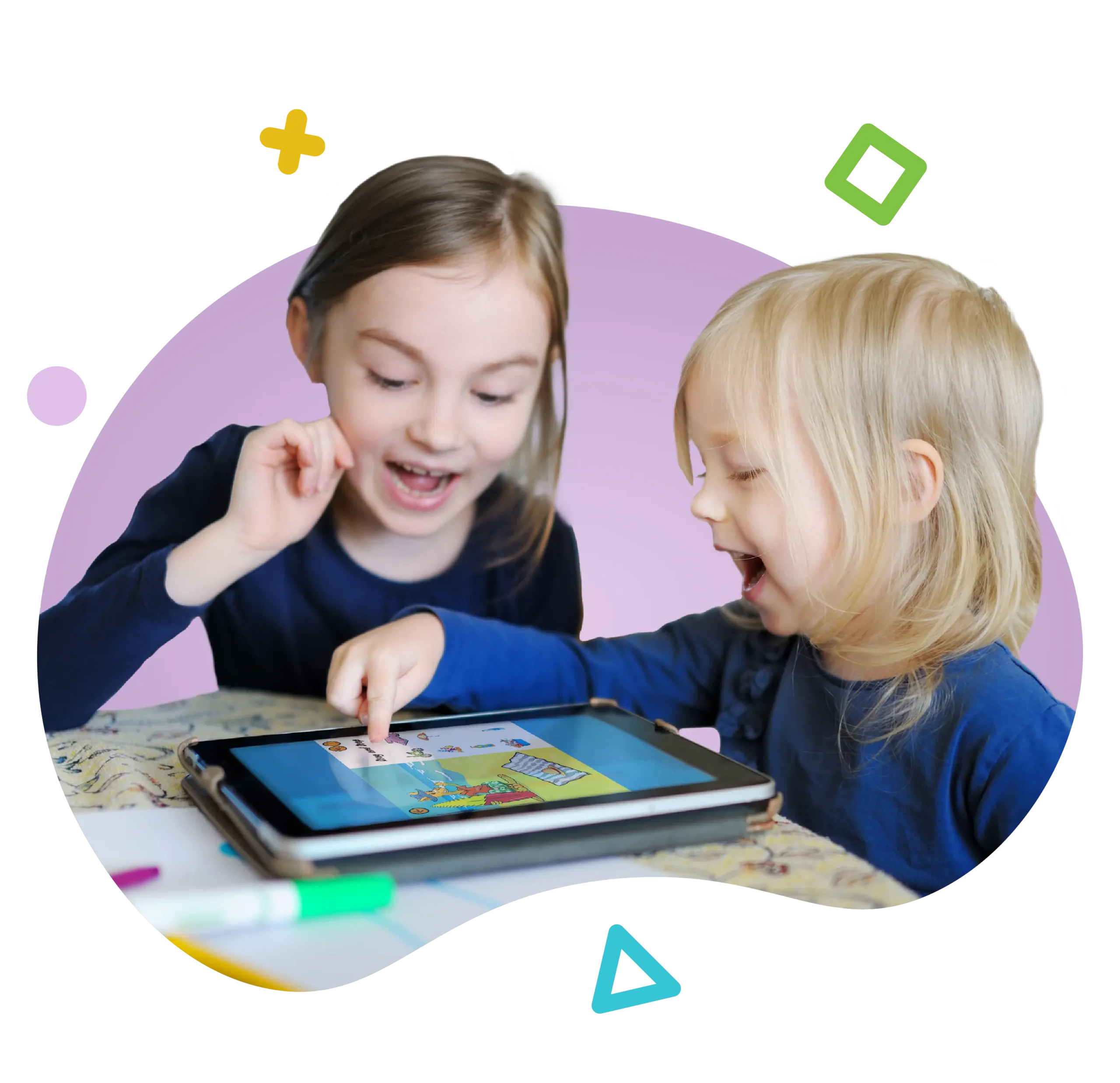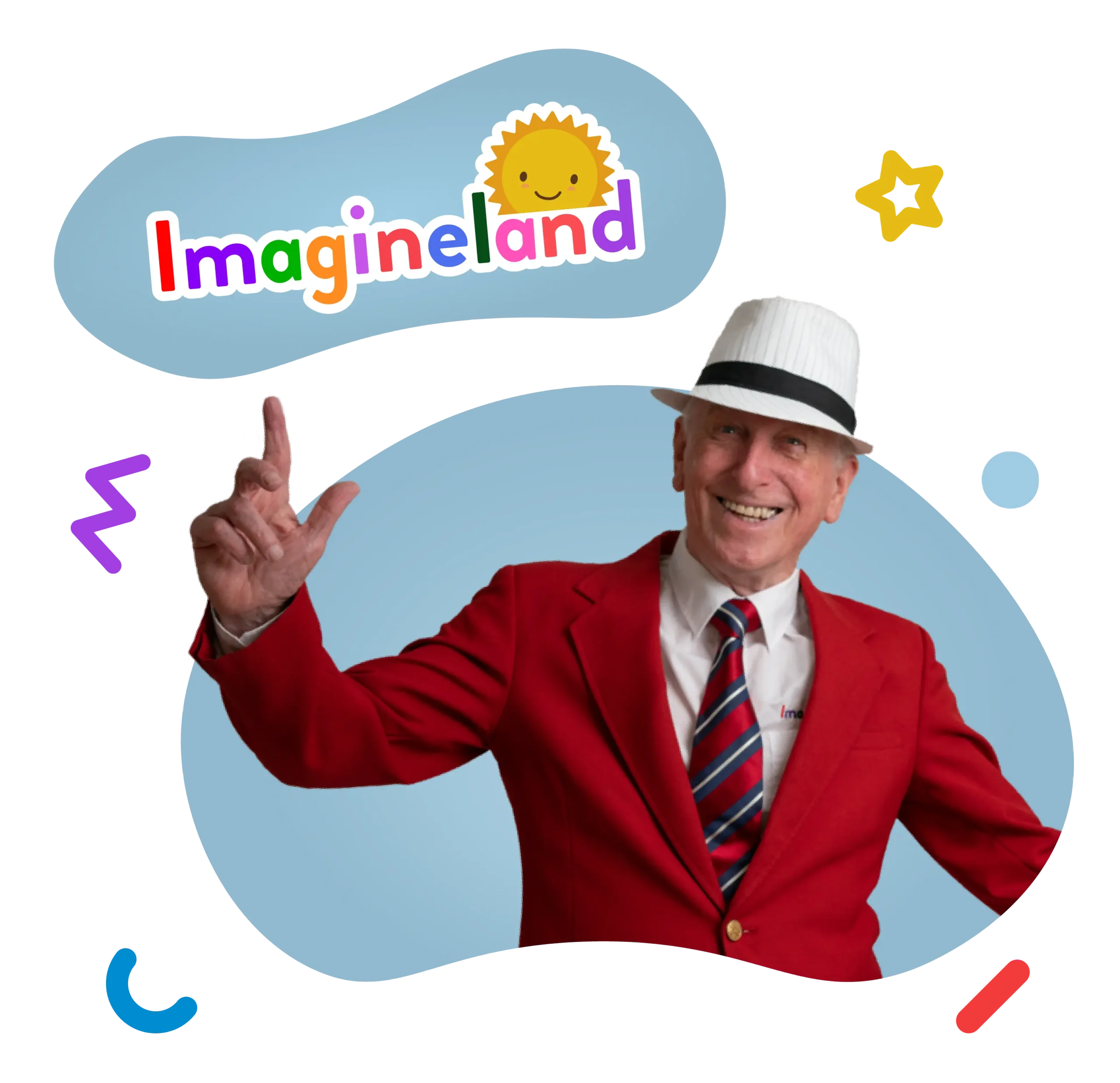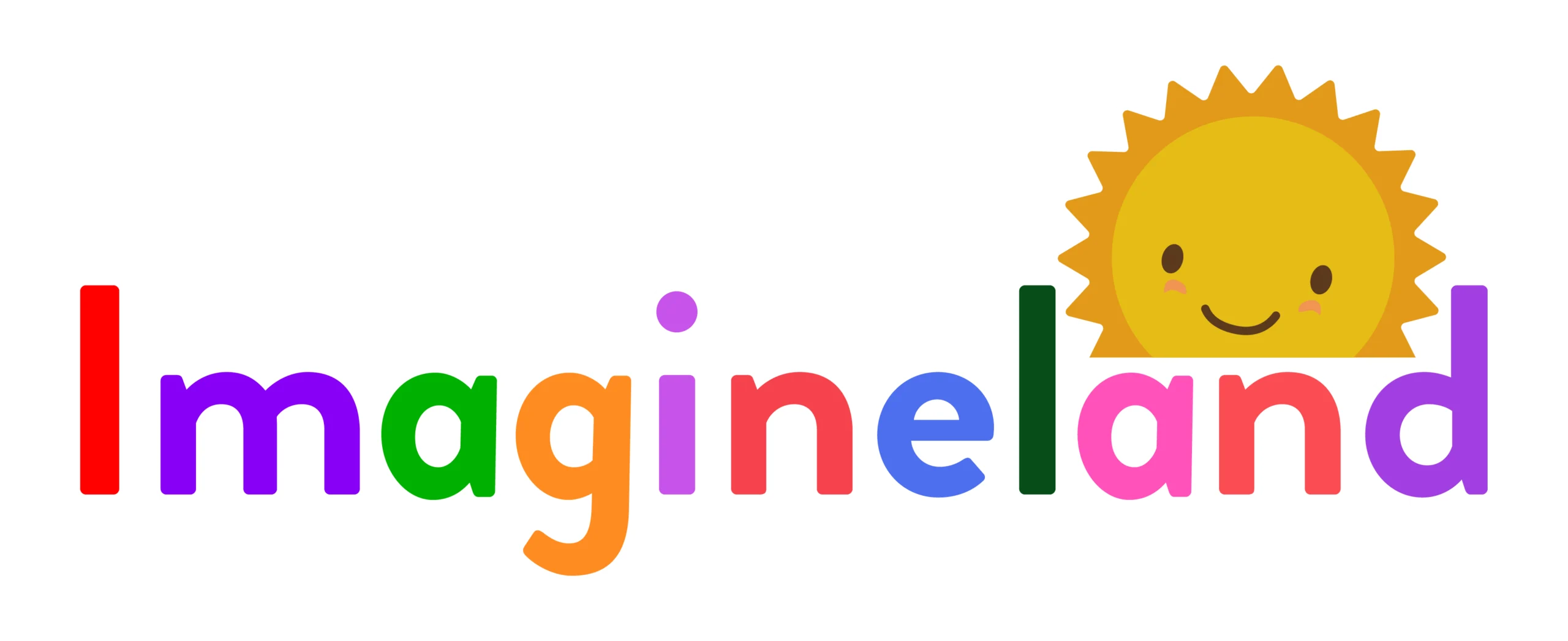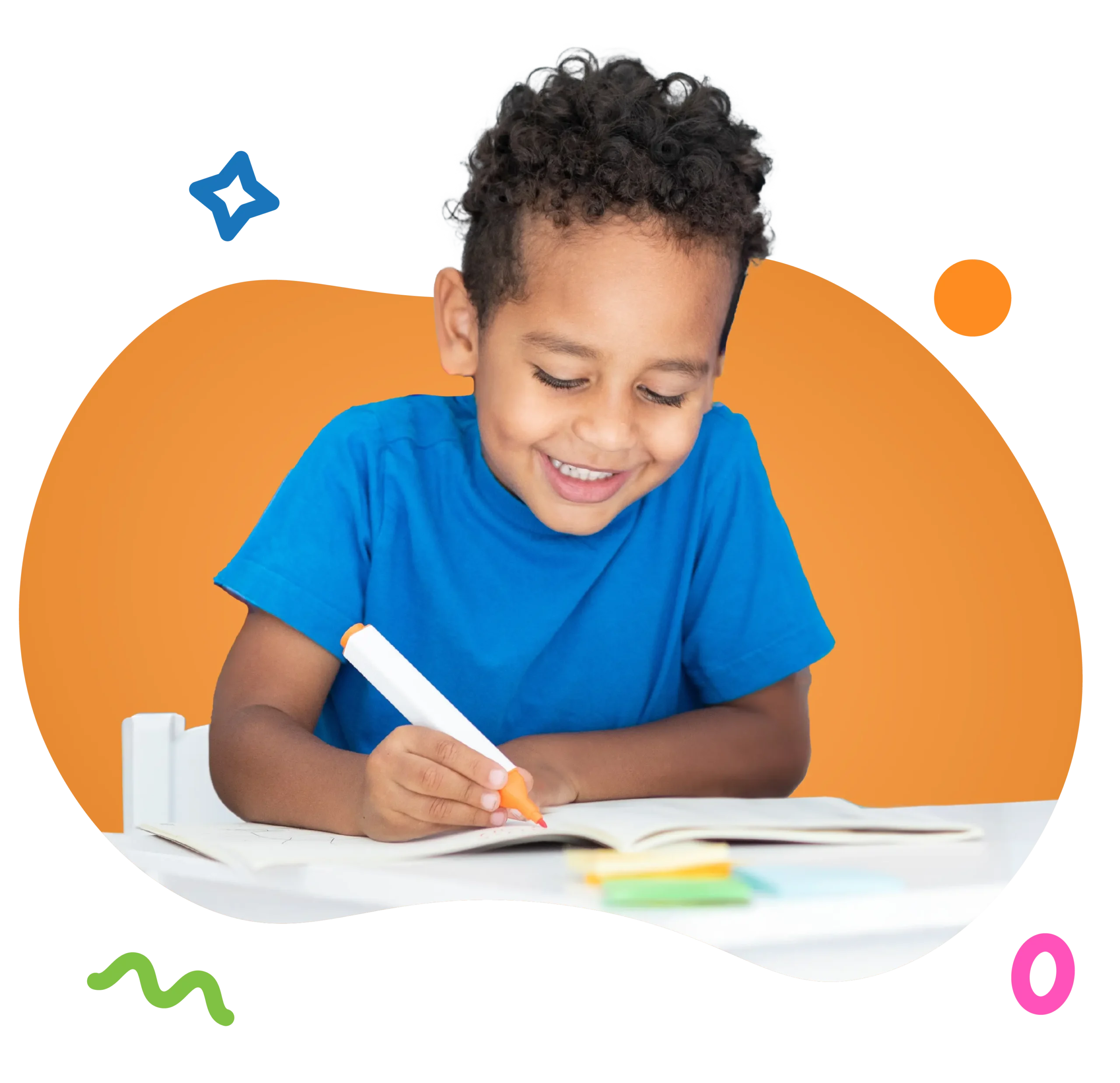Discover the Magic Behind Imagineland!
Welcome to Imagineland, where learning becomes an adventure! Our goal is to create engaging stories and activities that ignite children’s imaginations while nurturing their problem-solving, creativity, and critical thinking. We aim to make every learning experience as exciting as it is educational.
Join us as we inspire the next generation of thinkers and dreamers, one fun-filled adventure at a time!

The Creator of Imagineland
Imagineland was founded by Dr Charles Margerison to encourage creativity in children, helping them grow intellectually, socially, and emotionally. Imagination is at the heart of everything we do, helping kids discover new possibilities and explore the world around them. As Einstein once said, “Imagination is more important than knowledge.”

See what you get for Only $9.99!
12 imaginative stories
15 engaging songs
18 interactive games
85+ creative printables




